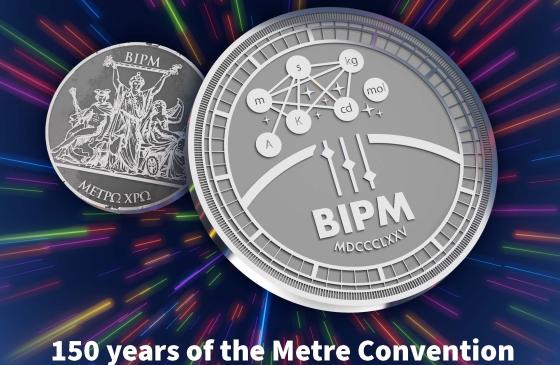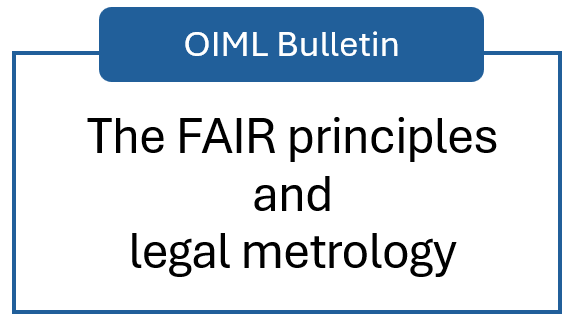OIML BULLETIN - VOLUME LXV - NUMBER 4 - October 2024
e v o l u t i o n s
The fluid flow and volume measurement OIML Recommendations applied to the oil and gas upstream market in Brazil
Edisio Alves de Aguiar Junior
Iris Trindade Chacon
Marcelo Luís Figueiredo Morais
INMETRO, Brazil
Introduction
As we know, the OIML is an intergovernmental treaty organization whose activities are focused on legal metrology. Its mission includes enabling economies to put in place effective legal metrology infrastructures that are mutually compatible and internationally recognized, for all areas where governments take responsibility, such as those which facilitate trade, establish mutual confidence and harmonize the level of consumer protection worldwide [1].
However, different countries and economies have different resources and economic sectors in which it is be necessary to reinforce consumer and society protection. As the International Vocabulary of Terms in Legal Metrology (VIML) presents in Note 1 from definition 1.01, “The scope of legal metrology may be different from country to country” [2].
The oil and gas upstream market in Brazil is regulated by the National Petroleum Agency, including INMETRO as the responsible body for legal metrological control applied to oil and gas meters and metering systems. These definitions are presented in a joint resolution, published in 2013 [7].
In addition to the joint resolution, definitions related to instruments are published by INMETRO in various ordinances, based not only on oil and gas standards, but also on OIML publications, especially Recommendations R 117 [4] and R 137 [5]. This offers an overview of these applications.
OIML R 117 Dynamic measuring systems for liquids other than water
Brazil is the largest oil producer in South America, and the oil and gas market represents around 10 % of the country’s GDP. Thus, such an economic impact justifies Brazilian government efforts in regulating measurements in this field. These measurements have a material impact on the calculation and payment of royalties and taxes [3].
OIML R 117, whose scope includes dynamic measurement systems of fluids other than water, was initially adopted for oil meters in Brazil in 2003, as a reference for the publication of INMETRO Ordinance number 64, from April 11, 2003 [8]. This ordinance included requirements applied to the measuring systems used at petroleum production plants and its parts, including stand-alone flow meters from different technologies and flow computers, presented in Figure 1.
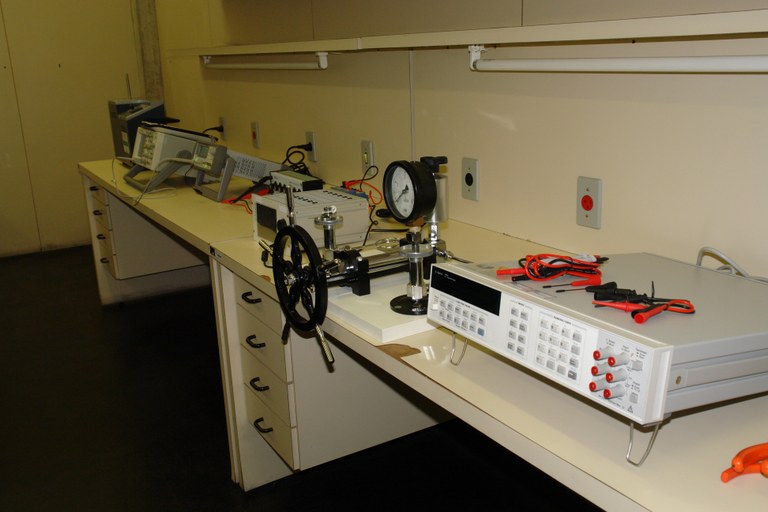
Figure 1: Flow computers testing facilities in INMETRO
Based on this Ordinance, INMETRO defined that the legal control applied to these instruments includes type approval and verifications. In the beginning, INMETRO started creating type approval processes for stand-alone flow meters. The main technologies used in Brazil include turbines (a), positive displacement (b), ultrasonic (c) and Coriolis (d) meters, presented in Figure 2.
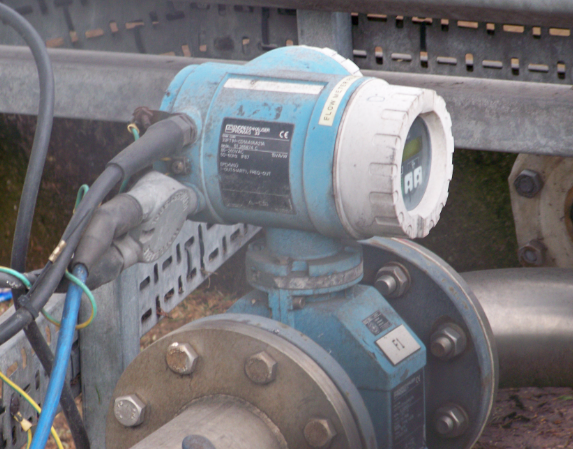
Figure 2a
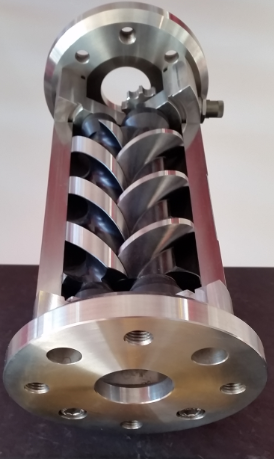
Figure 2b
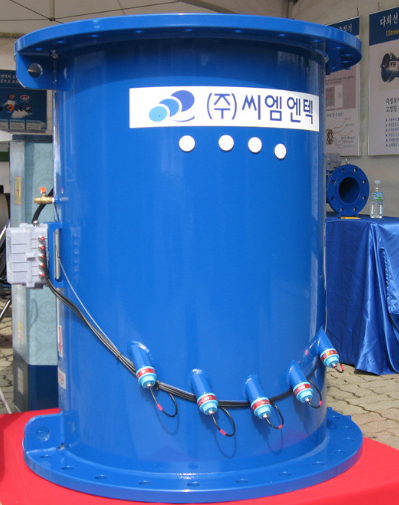
Figure 2c
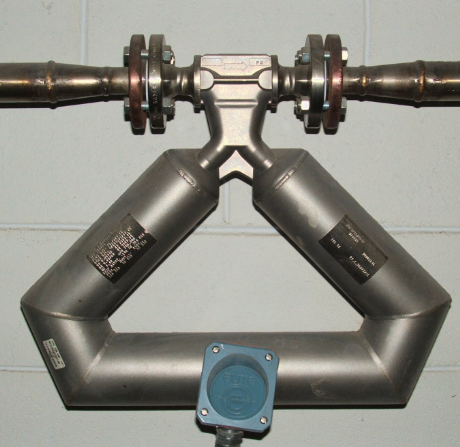
Figure 2d
Figure 2: Flow meter technologies
In 2010, INMETRO started legal metrological control for flow computers. Even if flow computers are not measuring instruments, they are responsible for realizing the flow calculations and work as the “audit trail” for all measurements, calibrations, and results from the measuring system. In Brazil, the oil market management is realized by the National Petroleum Agency [6], and data from the flow computers is one of the main tools applied in this management.
Following these actions, INMETRO detected that the requirements defined for flow computers until that moment were not sufficient to meet the oil and gas market needs. Not only were the requirements only from liquid measurements, but also the algorithms and calculations from other standards, outside the OIML but applicable to oil and gas measurements, such as ISO, API and AGA, were not included.
Based on that, requirements that are more specific to flow computers were developed, considering OIML R 117 and additional standards. The result of this effort was published as INMETRO Ordinance number 499, from October 2, 2015 [9]. Some years later, this ordinance was reviewed, and INMETRO published Ordinance number 298, from July 8, 2021 [10].
Such requirements separation allowed the modernization of INMETRO Ordinance number 64, from April 11, 2003. The scope of this ordinance has been redefined, excluding flow computers, thus allowing INMETRO to carry out type approvals of stand-alone meters and complete metering systems (presented in Figure 3) applied to oil metering.
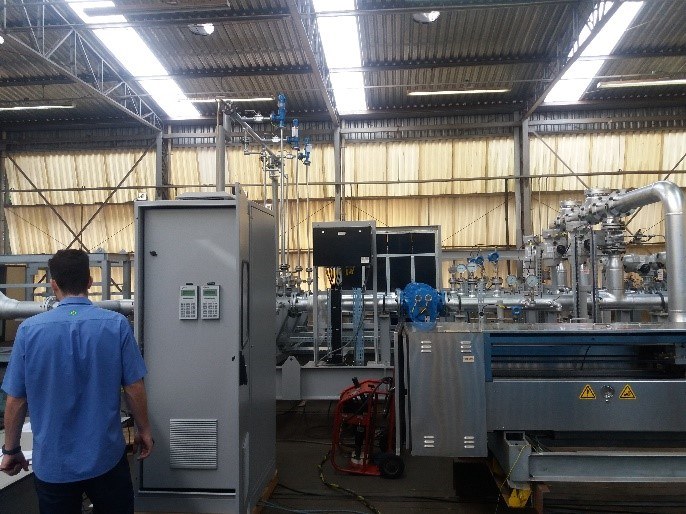
Figure 3: Complete metering system applicable to oil metering
The stand-alone meters are tested in a more conventional manner, taking as a basis the requirements from OIML R 117. In the case of the complete metering systems, however, as most of these systems are unique solutions, based on local and fluid characteristics; these approvals are realized in a documental way, and tests are realized during verifications.
This model is currently defined through INMETRO Ordinance number 291, from July 7, 2021 [11]. However, INMETRO is continuously working, both internally and together with the National Petroleum Agency, and is searching for optimizations that could make the entire system smarter and safer, from a metrological point of view. The next steps include:
- Simplifying the type approval processes, but reinforcing metrological supervision as defined in OIML D 9 [12];
- Application of ISO/IEC 17025 to the assessment of Testing Laboratories involved in the activity, as defined in OIML D 30 [13];
- Sharing the initial verification responsibility using the quality management systems from manufacturers and operators, based on OIML D 27 [14];
- Defining requirements for software and environmental conditions applicable to these instruments, as mentioned in OIML D 11 [15] and OIML D 31 [16];
- Some kind of remote monitoring of larger oil and gas meters, for in-service surveillance, as presented in the Webinar: Digital Transformation in Legal Metrology [17, 22].
Although it is not part of the scope of this article, it is worth noting that OIML R 117 is also a fundamental part of other INMETRO regulations, such as in the case of liquid fuel metering pumps. Brazil faced cases of electronic fraud and the involvement of organized crime in the liquid fuels market, which led to a modernization of the regulations in force until then [18].
OIML R 137 Gas meters
Gas meters were initially regulated by INMETRO in 1997, and during the first few years, especially between 1997 and 2007, Brazil focused on metrological control of smaller gas meters, including diaphragm-type meters (presented in Figure 4), for residential use, and rotary and turbine-type meters, more focused on industrial use. The Coriolis gas meters applied to vehicular compressed natural gas were also regulated, but this application was outside the scope of OIML R 137.
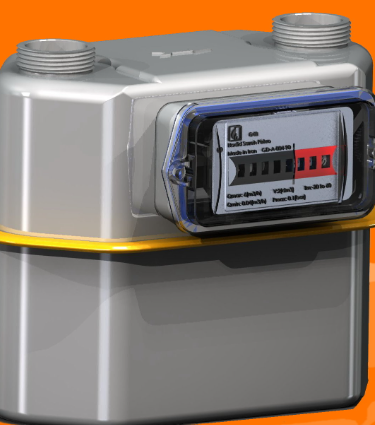
Figure 4: Diaphragm-type gas meters
In the case of natural gas production, upstream, until now, most of the measurements were based on differential pressure meters, especially orifice plates, due to their simplicity, low cost and possibility of simple, dimensional-only calibration.
However, as natural gas production increases in Brazil, the regulation of the joint resolution from INMETRO and the National Petroleum Agency has seen its severity increased [19].
The oil and gas operators have already been informed that the use of Differential Pressure Flow Meters, such as the orifice plate, will not be allowed in the larger gas metering points. Technologies such as turbines, ultrasonic and coriolis meters will be a mandatory solution.
This situation motivated INMETRO to update the legal metrology requirements, previously restricted to smaller gas meters, to a new scenario, where all of the technologies and applications of gas meters need to be regulated. These new requirements were defined by INMETRO Ordinance number 156, from March 30, 2022 [20].
As presented in the previous section, the flow computer requirements were reviewed in 2016, and INMETRO Ordinance number 298, from July 8, 2021 is already prepared for type approval of flow computers prepared for gas metering systems.
Natural gas in Brazil is considered a transition fuel for reducing greenhouse gas emissions, so its consumption is expected to increase in the coming years, in several applications. In the energy market, for example, recently large thermoelectric projects are being constructed [21]. This will increase the importance related to this metrological control.
Currently, INMETRO is carrying out type approval processes for meters that belong to this new scope, as presented in Figure 5, with the prospect of publishing the first approvals in 2024. Approvals of different technologies are already underway.
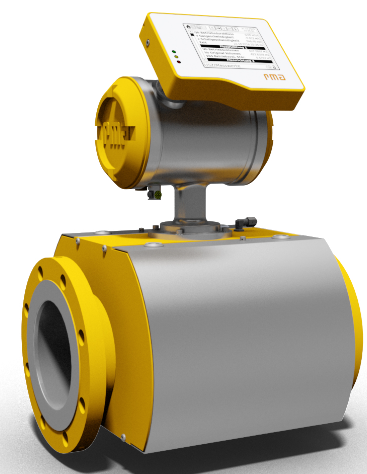
Figure 5: Ultrasonic gas meters
However, just as in the case of oil metering, INMETRO is continuously working, both internally and together with National Petroleum Agency, looking to improve the gas metering applications. The lessons learned from the twenty years in oil metering will surely be useful in the gas case. The next steps include:
- Application of ISO/IEC 17025 to the assessment of Testing Laboratories involved in the activity, as defined in OIML D 30;
- Sharing the initial verification responsibility using the quality management systems from manufacturers and operators, based on OIML D 27;
- Defining requirements for software and environmental conditions applicable to these instruments, as mentioned in OIML D 11 and OIML D 31;
- Some kind of remote monitoring of larger oil and gas meters, for in-service surveillance, as presented in the Webinar: Digital Transformation in Legal Metrology [17, 22].
- Evaluating the application of OIML R 140 Measuring systems for gaseous fuel [23], as INMETRO Ordinance number 156, from March 30, 2022 covers only stand-alone meters.
Conclusions
Brazil is a major oil and gas producer and consumer. Thinking about the offshore production, the legal metrology aspects related to oil measurements have been developed since 2003. Therefore, INMETRO has acquired more experience, so that improvements in management are being proposed. Improvements have been made to the type approval processes, and verifications are being evaluated.
Comparing the oil market regulation with the gas market, the regulation for gas meters is more recent, having been implemented in 2016. However, it is expected that the experience acquired during the execution of activities related to oil meters can contribute to accelerating the development of the legal metrological control model applied to gas situations.
In common, there is understanding that there is a need to explore more sophisticated metrological control models in both cases, involving tools such as software requirements, aiming at the use of remote measurements and data analysis, which can function as information for the development of a more assertive remote verification and metrological supervision model.
References
[1] OIML, OIML Strategy (B 15), 2011. Available at https://www.oiml.org/en/publications/basic/en/files/pdf_b/b015-e11.pdf
[2] OIML, International vocabulary of terms in legal metrology (VIML), 2022. Available at https://www.oiml.org/en/publications/vocabularies/en/files/pdf_v/v001-ef22.pdf
[3] ITA, Energy Resource Guide, Brazil - Oil & Gas, 2021. https://www.trade.gov/energy-resource-guide-brazil-oil-and-gas#:~:text=Brazil%20is%20the%20largest%20oil,oil%20reserves%20in%20the%20world
[4] OIML, Dynamic measuring systems for liquids other than water (R 117), 2019. Available at https://www.oiml.org/en/publications/recommendations/en/files/pdf_r/r117-p-e19.pdf
[5] OIML, Gas meters (R 137), 2012. Available at https://www.oiml.org/en/publications/recommendations/en/files/pdf_r/r137-p-e12.pdf
[6] ANP, What is ANP, 2023. Available at https://www.gov.br/anp/en/access-information/what-is-anp
[7] INMETRO; ANP, Joint Resolution 1 from June 10, 2013. Available at https://www.legisweb.com.br/legislacao/?id=255251
[8] INMETRO, Ordinance Inmetro/Dimel 64 from April 11, 2003. Available at https://www.legisweb.com.br/legislacao/?id=186404
[9] INMETRO, Ordinance Inmetro/Dimel 499 from October 2nd, 2015. Available at http://inmetro.gov.br/legislacao/rtac/pdf/RTAC002313.pdf
[10] INMETRO, Ordinance Inmetro/Dimel 298 from July 8, 2021. Available at http://inmetro.gov.br/legislacao/rtac/pdf/RTAC002798.pdf
[11] INMETRO, Ordinance Inmetro/Dimel 291 from July 7, 2021. Available at http://sistema-sil.inmetro.gov.br/rtac/RTAC002800.pdf
[12] OIML, Principles of metrological supervision (D 9), 2004. Available at https://www.oiml.org/en/publications/documents/en/files/pdf_d/d009-e04.pdf
[13] OIML, Guide for the application of ISO/IEC 17025 to the assessment of Testing Laboratories involved in legal metrology (D 30), 2020. Available at https://www.oiml.org/en/publications/documents/en/files/pdf_d/d030-e20.pdf
[14] OIML, Initial verification of measuring instruments using the manufacturer's quality management system (D 27), 2001. Available at https://www.oiml.org/en/publications/documents/en/files/pdf_d/d027-e01.pdf
[15] OIML, General requirements for measuring instruments - Environmental conditions (D 11), 2013. Available at https://www.oiml.org/en/publications/documents/en/files/pdf_d/d011-e13.pdf
[16] OIML, General requirements for software-controlled measuring instruments (D 31), 2023. Available at https://www.oiml.org/en/publications/documents/en/files/pdf_d/d031-e23.pdf
[17] “Digital Transformation is a Journey not a Destination.” Let’s travel together Webinar: Digital Transformation in Legal Metrology. Available at https://www.oiml.org/en/news-meetings/oiml-seminars/digital-transformation/docs/oiml-digital-transformation-webinar-presentations-2021-05-05.pdf
[18] LEITÃO, F. O.; VASCONCELLOS, M. T.; BRANDÃO, P. C. R.; "Hardware and Software Countermeasures on High Technology Fraud at Fuel Dispensers under the Scope of Legal Metrology", IX Simposio Internacional ’Metrologia 2014’, pp. 1-10, 2014.
[19] ANP, Consultation and Public Hearing 1/2022. Available at https://www.gov.br/anp/pt-br/assuntos/consultas-e-audiencias-publicas/consulta-audiencia-publica/2022/consulta-e-audiencia-publicas-no-1-2022
[20] INMETRO, Ordinance Inmetro/Dimel 156 from March 30, 2022. Available at http://sistema-sil.inmetro.gov.br/rtac/RTAC002972.pdf
[21] SOUZA, R. CPG Click Petroleo e Gas. Available at https://en.clickpetroleoegas.com.br/eneva-starts-commercial-production-in-the-azulao-field-in-the-amazonas-basin/
[22] NAKUTIS, Ž. et al. A framework for remote in-service metrological surveillance of energy meters. Measurement, v. 168, p. 108438, jan. 2021
[23] OIML, Measuring systems for gaseous fuel (R 140), 2007. Available at https://www.oiml.org/en/publications/recommendations/en/files/pdf_r/r140-e07.pdf

